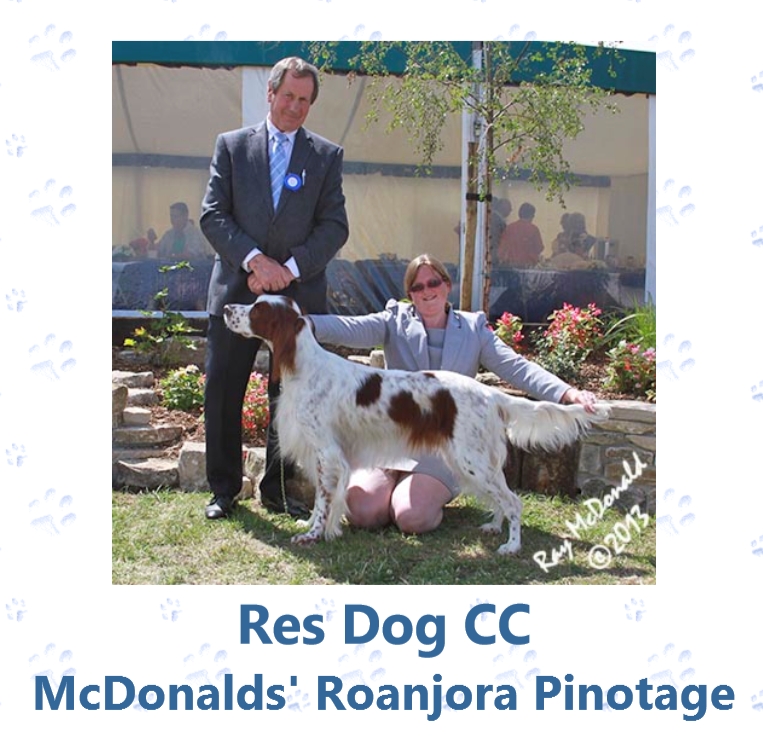The importance of socialisation
Some show dogs can be made or lost depending to how well they were socialised as a puppy. Even with perfect conformation and breed type, any dog needs the correct temperament to make it in the ring. A dog which is shy with people and wilts like a flower when you take them to new places, will never perform well enough to win in the ring. This said, it’s important to remember the difference with “reserved with strangers” and shy in the ring as some breed standards will describe the breed as the former.
General socialisation
To help with socialisation, take your new puppy everywhere you can with you. Expose him/her to as many new places as possible with as many different people, dogs, situations, noises, etc.
Also attend puppy training/socialisation classes to introduce new dogs and a different hall.
Specific socialisation for show dogs
Introduce from an early age, lots of different kinds of surfaces to walk on including grass, cement, concrete, carpet, linoleum and rubber matting so different surfaces are a norm for a show dogs.
Encourage people to pet her all over her body including down legs and picking up paws. This will help to simulate a judges movements of “going over” your dog and get him/her used to be touched. Also don’t forget to gt your pup used to having strangers looking at her teeth, just be careful not to over do this and never push it when a puppy is teething.
Confidence
All of these experiences will teach you pup to take everything in their stride and give them the confidence.
Confidence is a key trait found in all top show dogs that gives them the winning stride and attitude that judges love to see.
Of course, top top it all, the handler also needs to be confident.
